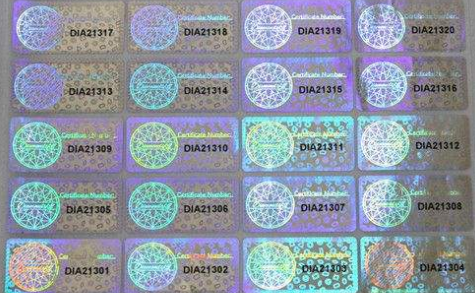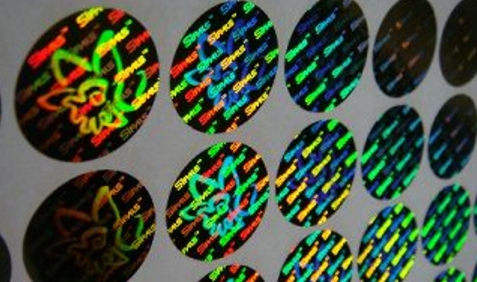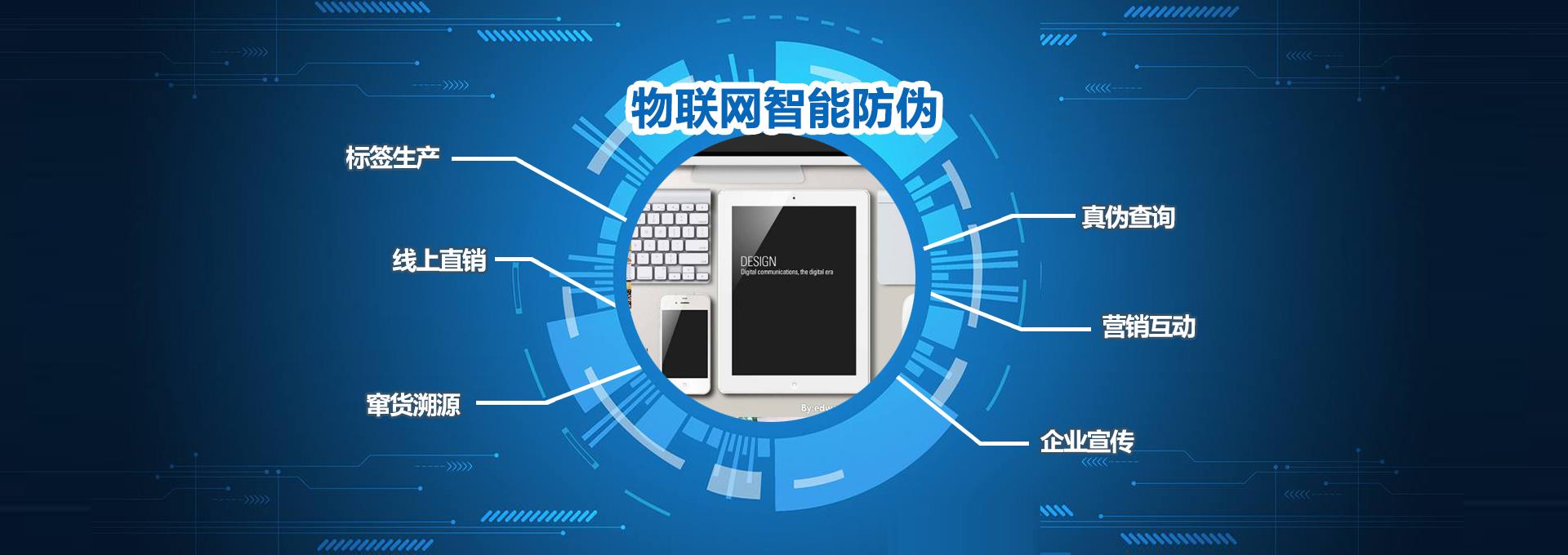Shenzhen City Industrial Co., Ltd. Contact: Liu Jinrong Fixed: 075529966071
Mobile: 13510810460
Fax: 075529966073
Address: 5th Floor, Building 3, Guangyu Industrial Park, Xixiang Street, Baoan District, Shenzhen
Explanation of the application of cross-border technology in laser anti-counterfeiting labels
Explanation of the application of cross-border technology in laser anti-counterfeiting labels
everybody knowsLaser security labelCommonly used technologies include printing technology and holographic technology, etc. The application of these technologies makes anti-counterfeiting labels more abundant. However, a complete laser anti-counterfeiting label is not only completed by these technologies, but also requires many cross-border technologies to be applied to the production of each process. Anti-counterfeiting laser labels are very rigorous from the selection of materials to the production process, and there can be no loopholes for counterfeiters to imitate, so the mutual cooperation of various technologies is very important. Today we will take a look at the cross-border technology in laser anti-counterfeiting labels Usage.

In the historical development of the laser anti-counterfeiting label, the application of cross-border technology can be said to be handy. The anti-counterfeiting industry is an industry that is good at absorbing advanced technology and experience. Many technologies have been researched and applied to anti-counterfeiting labels once they appear. Laser anti-counterfeiting labels are a good example, combining holographic technology and radio frequency identificationCombining technology. In the 2014 Asian Label Printing Competition, many labels using cross-border technology appeared, including anti-counterfeiting, hand-feel anti-counterfeiting, and color-variable QR codes. The printing process will combine traditional letterpress printing and digital printing. In the development of laser anti-counterfeiting labels, the difficulty of anti-counterfeiting will be increased by adding nanoparticles, and nanotechnology will be integrated into the anti-counterfeiting labels. In the 1980s, traditional telephone code technology was also used, and now voiceprint recognition and fingerprint recognition technology are also used in anti-counterfeiting labels. Through the application of these different cross-border technologies, the label can be as effective as an anti-counterfeiting laser label to prevent illegal counterfeiting by counterfeiters.
The above is an explanation of the application of cross-border technology in laser anti-counterfeiting labels. Through the explanation, we can know that there are many cross-border technologies used in anti-counterfeiting labels. The use of radio frequency identification technology makes the anti-counterfeiting laser mark more effective, and the integration of nanotechnology makes the anti-counterfeiting label more detailed. Different cross-border technologies have been used in anti-counterfeiting labels in different eras, improving the anti-counterfeiting level of laser anti-counterfeiting labels in the corresponding era. Although my country's government and related laws and regulations have cracked down on domestic piracy and counterfeiting, businesses still need to use laser anti-counterfeiting labels and other anti-counterfeiting methods to continuously resist and crack down on these illegal businesses and make the commodity market more standardized.

Previous: Overview of the development of laser anti-counterfeiting labels
下一条: Why laser anti-counterfeiting labels are more and more important
Related News
- Is there a tag security tag that can't be torn down?
- Food Information Security QR Code Development Trend
- What are the applications of QR code anti-counterfeit labels?
- What is the printing process of anti-counterfeiting label factory packaging?
- QR Code anti-counterfeiting label becomes the new trend of market anti-counterfeiting traceability
- How do consumers identify laser security labels?
- Introduction to laser holographic anti-counterfeiting knowledge
- How to identify the authenticity of laser anti-counterfeit labels
- Anti-counterfeit QR code label production process
- Laser anti-counterfeiting label production process introduction
- Overview of the development of laser anti-counterfeiting labels
- Why the anti-counterfeiting effect of laser anti-counterfeiting labels is getting worse and worse
- The impact of laser anti-counterfeiting labels on the printing industry
- Explanation of laser anti-counterfeit label standard
- Application of micro-scale aluminum film in laser anti-counterfeiting labels
- Explanation of laser anti-counterfeiting label aluminum film material
- Laser anti-counterfeiting label based on anti-counterfeiting material anti-transfer technology
- Overview of nanocrystal laser anti-counterfeiting labels
- Explanation of nano-cellulose laser anti-counterfeiting label
- The value of anti-static laser anti-counterfeiting labels



